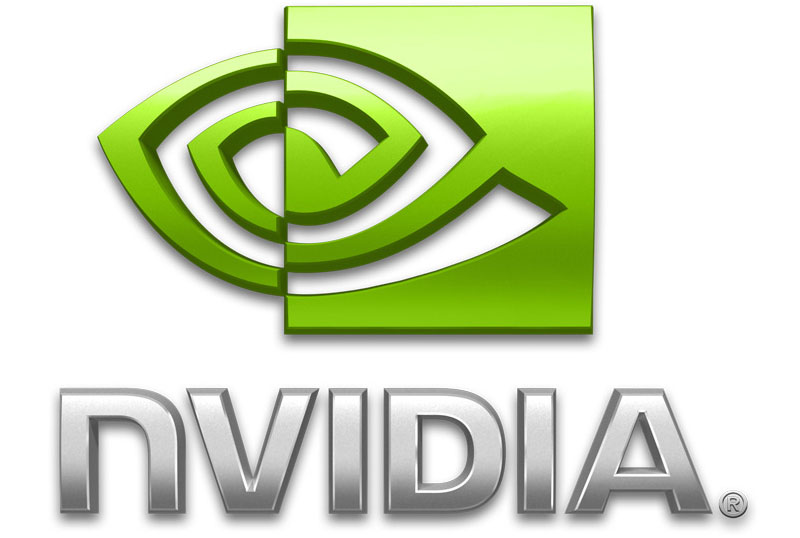Going back a few years during a conversation with a few people we can remember nVidia talking about getting into the content distribution market. Of course this was in the fledgling days of Steam and many people saw that as the money maker of the future. This was also at a time when nVidia had not begun work on Tegra and was still making chipsets for both AMD and Intel. Now the dynamic has changed.
nVidia, while still working to compete in the GPU and GPGPU market has made a big shift to the mobile market. With Tegra they have penetrated very deeply into what was once Apple’s territory. This is pretty impressive considering the fact that their first foray into the mobile market was killed off by their very own partner (yes we are talking about the ZuneHD and Microsoft). This was not the fault of Tegra, but terrible marketing on the part of Microsoft (as Nokia is finding out). Still Jen-Hsun Huang made the bold statement that he wanted Tegra to be 50% or more of nVidia’s revenue in the future and they have done very well with this goal.
Now I know you are wondering what in the world my trip down memory lane with Tegra has to do with a Kepler based Cloud Gaming Service. Well it is really pretty simple. nVidia has spent a fortune in developing Tegra and making sure that it can game on running Android games and are even in the development process for WindowsRT devices (probably with Asus and Lenovo). The problem is that they also want piece of other manufacturer’s gaming on ARM SoCs. To do this they want to offer a service that will allow consumers to utilize their expectation of gaming (meaning full PhysX etc).
This, if nothing else, will give nVidia more market penetration when it comes to gaming. Game development companies are beginning to see the advantages of the tablet as a gaming platform, but are not willing to re-write all of their games just yet. So instead they will license them out (at a greatly reduced cost) to nVdiai who will then stream them to users running multiple platforms from under-powered Windows systems, to ARM based tablets to Apple devices. This is a win-win situation for nVidia really and to be perfectly honest, depending on the price of the service it could be for end-users and game developers as well. Of course with the number of Kepler GPUs running in nVidia’s Grid they could also segment some of them for other purposes like large scale rendering of movies (to independent studios) or other HPC functions.
Discuss this in our Forum

 nVidia is moving to create their own cloud-based gaming solution using Kepler as their base. After what we saw with Lucid and even at the nVidia press conference at CES this year we are not surprised at all. Gaming is one of nVidia’s biggest investments and it only stands to reason that they would want to capitalize on this in one way or another.
nVidia is moving to create their own cloud-based gaming solution using Kepler as their base. After what we saw with Lucid and even at the nVidia press conference at CES this year we are not surprised at all. Gaming is one of nVidia’s biggest investments and it only stands to reason that they would want to capitalize on this in one way or another.

